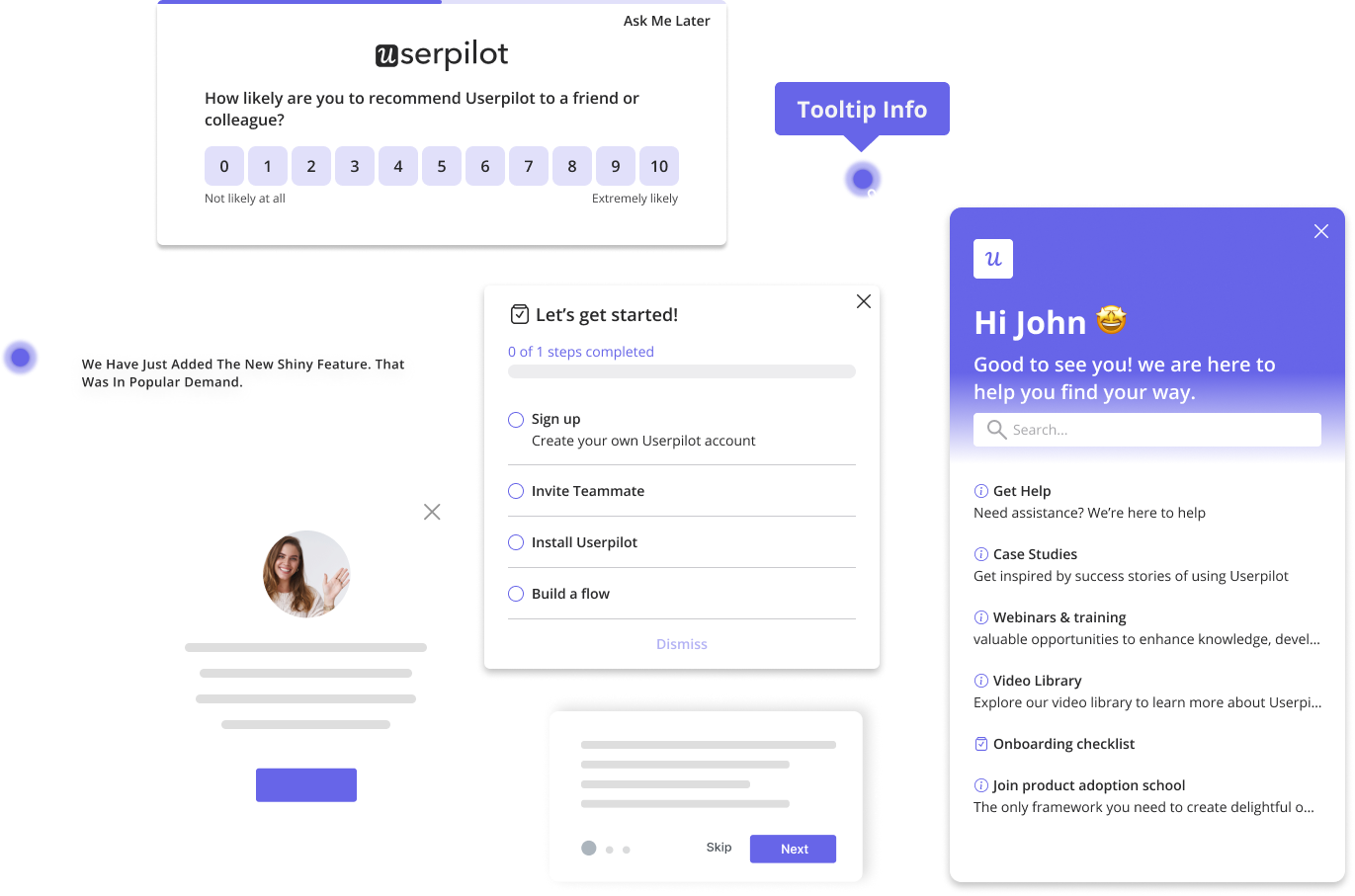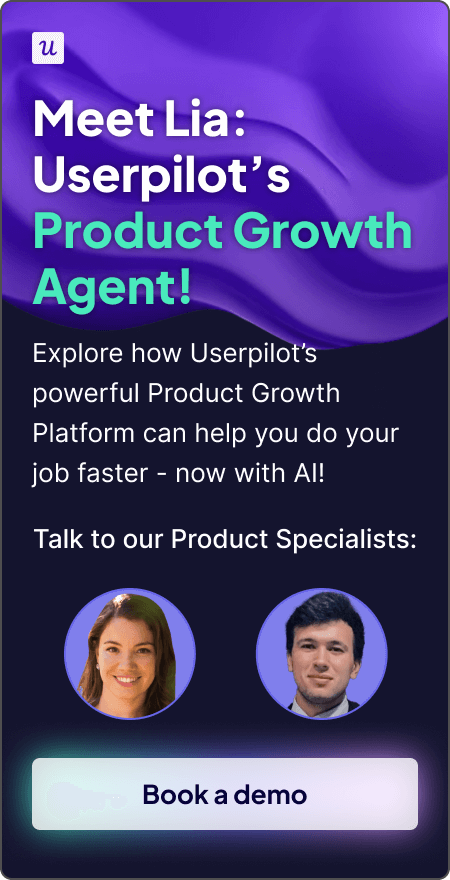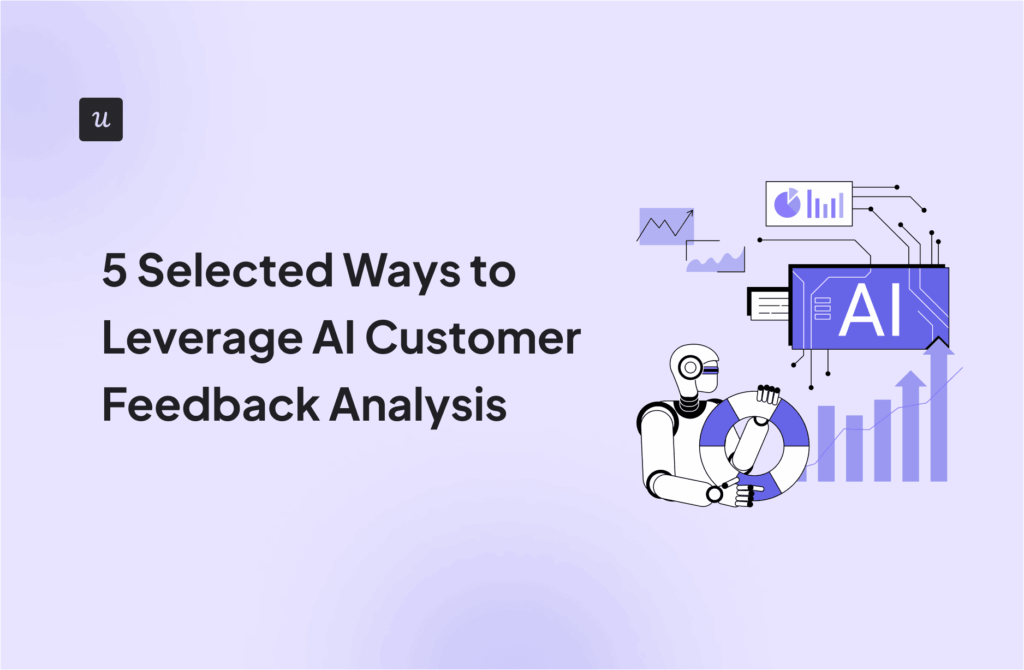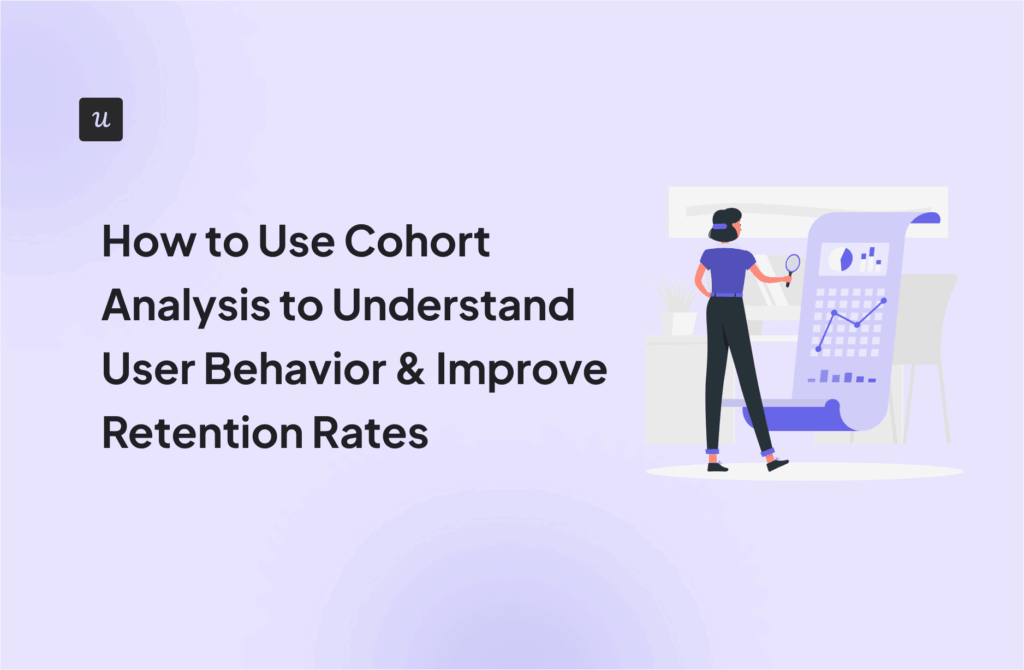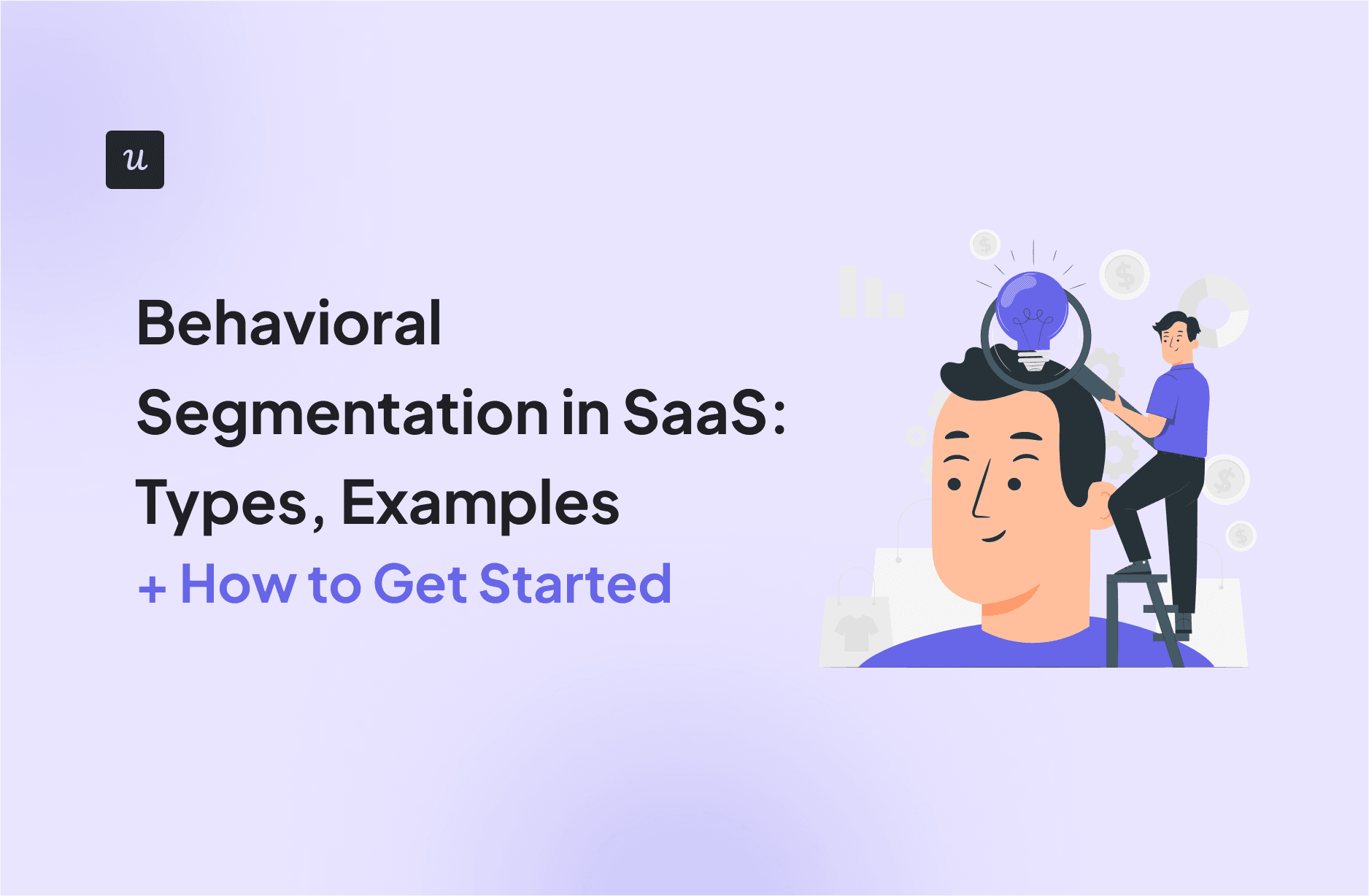
Understanding your users goes far beyond knowing their age, role, or company size. Demographic segmentation is a starting point, but it’s customer behavior that reveals true intent. Behavioral segmentation allows you to group users based on what they actually do. It’s the difference between guessing what users want and delivering it with precision.
From one product manager to another, I broke down what behavioral segmentation is, why it matters, and how to use it to create personalized experiences that boost retention, loyalty, and customer lifetime value.
What’s your primary goal with Behavioral Segmentation?
Understanding your main objective helps tailor the approach to user behavior analysis.
How do you currently analyze in-app user behavior?
The tools you use determine the depth of your behavioral segmentation capabilities.
How do you communicate with users based on their actions?
Effective behavioral segmentation allows for timely and relevant user communication.
You’re ready to master Behavioral Segmentation.
You have the goals, now get the tool that makes it easy. Userpilot helps you analyze user behavior and create personalized in-app experiences to drive activation, adoption, and retention—no code required.
Try Userpilot Now
See Why 1,000+ Teams Choose Userpilot
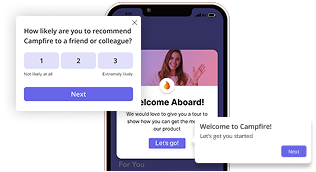
What is behavioral segmentation?
Behavioral segmentation is about grouping your users based on how they interact with your product, not just who they are or where they live.
Unlike traditional customer segmentation, this approach focuses on in-app usage data like clicks, feature adoption, time spent, and completion rates. When we look at things this way, we begin to see things that we’d often miss if we only considered demographics.
We use behavioral analytics to map out the customer journey so that we can tailor onboarding flows, marketing efforts, and engagement campaigns to each segment. We want to:
- Understand our users’ specific needs and desires.
- Make our product fit those needs.
- Smooth friction points in the customer journey.
- Figure out which users bring the most value to our business.
- Build marketing strategies that resonate deeply and expand our user base.
It’s important to remember that behavioral data doesn’t stand alone. You should connect it with demographic or geographic segmentation to confirm assumptions or uncover unexpected links. For example, we might find that free trial users in Europe spend more time exploring advanced features before upgrading, which informs targeted upsell campaigns.
Why is behavioral segmentation important for SaaS companies?
Behavioral segmentation lets us divide our user base into smaller, action-driven segments so we can prioritize where to invest time and resources.
If we treat all users the same, our efforts will only hit home with a few. By understanding specific behaviors, we can offer personalized experiences that genuinely meet their needs. From my perspective as a product manager focused on product adoption, here’s why it matters:
- Better personalization & onboarding: When we know how different user segments behave, we can deliver tailored experiences at the right moment. It enhances contextual engagement tactics (such as using in-app messages), so we can guide users through relevant onboarding steps, thereby reducing friction and improving activation rates.
- Smarter predictive analysis: With predictive customer analytics, past user behavior patterns serve as a roadmap for future actions. We can predict churn or upsell opportunities, letting our marketing team push personalized campaigns before issues arise, which sharpens our proactive support and minimizes reactive firefighting.
- Data-led prioritization: Behavioral data drives our data-led approach, helping us identify high-value customers and segments that require our attention most. Such insights empower us to make informed feature prioritization decisions so we can allocate resources effectively and focus on the improvements with the most impact.
- Upsell and cross-sell opportunities: Segmentation helps us discover upsell and cross-sell opportunities by revealing which features or add-ons each segment values most. For example, we can promote advanced modules to power users who demonstrate high engagement. This segmentation also enhances cross-selling and informs our marketing strategy to achieve a higher average customer lifetime value and generate more revenue with reduced expenses.
- Improved user retention: Tracking behavioral segments over time enables us to monitor product performance metrics that highlight retention patterns. For example, we can spot when a cohort’s engagement dips, diagnose the root causes, and launch targeted campaigns, like re-engagement emails, to boost customer satisfaction and brand loyalty.
Key types of behavioral segmentation I use
I rely on several types of behavioral segmentation to get a comprehensive view of our users. Each offers unique insights that help me tailor experiences, prioritize features, and boost adoption.
1. Purchasing behavior segmentation
This type helps us group users by how, when, and what they buy, revealing how users approach decisions and the obstacles they encounter in the buying process. This can include grouping based on customer data, such as who has made a purchase before, who has made repeat purchases, or who has added items to a cart but abandoned it.
By applying customer journey analytics here, we can track user patterns and identify the exact behaviors that signal when they are ready to upgrade.
With this insight, we encourage trial users who repeatedly explore features to upgrade to a paid plan. One way is to trigger targeted offers or in-app messages that guide them smoothly through the purchasing process.
For example, suppose we identify a group of trial users who repeatedly build custom reports. In that case, we can segment them as “report power users” and trigger an in-app message offering a time-limited upgrade to a higher tier with unlimited reporting access.
2. Usage behavior segmentation
This type groups customers based on how often they interact with your app, total time spent, and which features they use. Using product usage analytics with usage rate segmentation helps us identify power users (those with daily logins and advanced workflows) and new or light users. With this insight, we can tailor growth tactics and optimize feature prioritization.
For example, I might roll out a beta feature to power users to reward engagement and collect feedback.

I can also tailor onboarding in-app guidance to new user segmentation groups to drive product stickiness.

3. Occasion-based segmentation
I use occasion-based segmentation to trigger actions around key user events or times. This grouping can be universal (like holiday seasons affecting usage) or personal (like a user logging in every Monday morning to check specific reports). Recognizing these patterns helps us deliver timely and relevant in-app messages or update announcements.
For example, for users who log in every Monday to check dashboards, I set triggers for in-app prompts that offer renewal incentives before their subscription expires. If they’re launching their first campaign, a feature tutorial can guide them on the following steps to do so effectively.
This approach ensures our communications align with user context and maximizes engagement by delivering the right message at the right moment.
4. Customer journey stage segmentation
Knowing where a user is in their journey, from awareness to consideration to active use and renewal, is critical for personalized communication. It’s not always a straight line, as users often jump between various touchpoints. So, we need to stitch together all their behavioral data types across different touchpoints to pinpoint their true stage.
This type of behavior segmentation also powers my in-app messaging strategy.
For example, I can:
- Send advanced tips for active users.
- Launch a targeted product tour for new users.
- Deliver tailored reminders to long-term customers nearing their renewal period.
- Trigger interactive walkthroughs for trial users who haven’t completed their onboarding checklist.
By aligning messages with each stage of the customer onboarding lifecycle, you meet users exactly where they’re at.
5. Engagement-level segmentation
Grouping users by how actively they interact with your brand across various channels provides a comprehensive view for tailoring outreach and experiences more effectively. To evaluate engagement, we look beyond just in-app usage and track metrics like email open and click rates, as well as the number of support tickets.
Engagement-level behaviour segmentation helps us identify the highly engaged users and customers who are likely to churn. Applying these insights can inform and improve your data-driven email marketing strategy.
Let’s say I see a segment with high email engagement but low feature adoption. I can use targeted email marketing and trigger contextual tips to guide them through underused features. For low-engagement segments, I’d recommend highlighting core product benefits and inviting them to webinars or tutorials.
6. Customer loyalty segmentation
Our loyal customers are invaluable. They generate most of our revenue, cost less to keep than acquiring new ones, and often have the highest lifetime value. With loyalty segmentation, we understand what drives this commitment, so we can foster it and find more loyal customers.
One of the ways I measure customer loyalty is through Net Promoter Score (NPS), which categorizes users into promoters (9–10), passives (7–8), and detractors (0–6).
For example, I can create a high-value promoter segment and grant them early access to new features. This approach of identifying which behaviors drive advocacy and designing reward programs or incentives strengthens customer retention.

Conversely, a detractor segment that triggers targeted outreach, like personalized support or surveys, can win those users back.

7. Customer satisfaction segmentation
In the same way that customer loyalty is a good basis for behavioral segmentation, customer satisfaction is also an essential part of grouping customers who use your product or service. When we spot dissatisfied customers, we send them follow-up surveys to understand the reasons behind their dissatisfaction.
You can identify such customers by their low engagement and NPS scores. However, there are two other main ways we use to judge customer satisfaction. These are CSAT and CES.
We measure CSAT by conducting on-the-spot customer satisfaction surveys to gauge their feelings about a specific product, feature, or interaction.

CES, on the other hand, measures the perceived effort of a customer when using a feature or performing an action in your product.
This action could involve customizing settings, upgrading to a new plan, or contacting a support agent when they encounter a technical issue.

By combining these scores with product usage analytics, we identify friction points and segments with low satisfaction.
For example, we can use feedback from users with low CSAT and CES scores to create more effective in-app communication. This smoothes friction and increases overall satisfaction and retention.
8. Jobs-to-be-done segmentation
Users have different tasks they want to complete with your product. For instance, some users might value our product for its advanced reporting capabilities, while others appreciate its ease of use.
Needs-based segmentation groups users based on their reasons for using our product. Let’s say two users have similar demographics, but one values speed, while the other values reliability. We’d send them personalized marketing messages based on what they value.
Segmenting users in this way provides valuable customer insights that enable us to tailor onboarding and messaging to each segment’s primary job. This way, our communication resonates more with users and builds trust.
9. Plan-tier segmentation
This type of segmentation groups users based on the pricing tier they choose. Tracking user behaviour within each plan offers insights into how much revenue you can generate from each account.
For example, our pricing plans include Starter, Growth, and Enterprise. We might notice that some Starter-tier customers frequently exceed the plan’s monthly active user (MAU) cap. This insight can signal readiness for Growth-tier functionalities.
So, we trigger targeted upsell messages that advise them to upgrade to increase their MAU cap and enjoy other advanced features. This approach helps you create ways to maximize customer lifetime value by effectively aligning upgrade recommendations with each segment’s demonstrated needs.
Real-life behavioral segmentation examples from SaaS companies
These key behavioral segmentation examples show real-world cases of how this type of segmentation drives growth in SaaS:
Beable delivers personalized resource center with JTBD segmentation
Beable needed a way to deliver the right content to both students and teachers, so they turned to the jobs-to-be-done segmentation approach. By tagging pages and tracking feature engagement, Beable grouped users by their JTBD, whether that was self-paced learning for students or training workflows for educators.
With funnel analysis and resource center analytics, they measured which articles and guides each segment engaged with, then used in-app surveys to boost participation by 77%. This approach lets Beable personalize their resource center, serving targeted tutorials, FAQs, and tips to each segment and driving engagement.
Explore the complete Beable case study and schedule a demo to achieve similar results.

Kontentino used a similar JTBD approach to increase user activation by 10%.
How?
They replaced a generic product tour with an interactive walkthrough tailored to each user’s job, whether scheduling posts or analyzing performance, to a more engaging onboarding flow. Read more about Kontentino’s case study.

Userpilot 4x’d usability response rate with engagement level segmentation
When our UX researcher Lisa struggled to recruit participants via email, she used engagement-level behavioral segmentation to pinpoint highly active users. Using our in-app survey functionality, she created a survey to invite users for an interview.

The best part? Lisa was able to send this interview invite to the right user segment: those users who had already previously used the segmentation feature.

Within days, we recruited 19 participants, four times the number she had expected. By targeting the right segment and delivering contextual in-app messages, she accelerated the usability testing and gathered richer customer insights. Read more about the usability tests case study or book a call with our team to see how you can increase your survey responses.
Loom drives account expansion with usage segmentation
An upgrade message is harder to ignore when users see what they’re missing. Get the right moment, and your users will see moving to a higher tier as the next best step in their journey.
For example, Loom uses usage segmentation to nudge freemium users toward an upgrade at the ideal moment. When someone on the Starter plan reaches their recording limit or attempts to use a locked feature, Loom triggers an upsell modal that highlights unlimited recording, advanced analytics, and additional workspace capacity.

You can do this in Userpilot by defining an in-app event for key usage thresholds and deploying a targeted upsell modal when users hit those triggers. This approach will help you improve your freemium conversion rate.
Putting behavioral segmentation into practice with Userpilot
As a product manager, I’ve seen how powerful behavioral segmentation is when backed by the right tools. We use Userpilot’s features to not only track these behaviors but also to act on them directly within the product. For example, our Userpilot analytics allow us to pull valuable insights from various user behavior analytics software we integrate. Here’s how we make it happen:
- Collecting the right data: We start by ensuring we’re tracking the right behaviors. This means setting up our data tracking to capture meaningful interactions: clicks, feature usage, time spent, completion rates, and more.
- Building user segments: Using platforms like Userpilot, we create dynamic customer segments based on these behaviors. For instance, we might have a segment for “new users who haven’t completed their onboarding checklist” or “power users of Feature X.”
- Delivering contextual experiences: Once we have our behavioral segments, we deploy product adoption tools to deliver targeted experiences. This could be an interactive guide for a specific feature for users who haven’t discovered it yet, or a personalized message to those approaching a key milestone. This transforms generic interactions into truly personalized customer experiences. We also iterate on the in-app messages based on how users interact with them.
- Optimizing onboarding: For us, user onboarding is crucial. Behavioral segmentation lets us create user onboarding strategies that adapt to each user’s actions. If a user quickly grasps one part of the product, we can skip unnecessary steps and guide them to their next “Aha! moment”. This is where tools for onboarding new customers really shine.
- Driving feature adoption: By watching which features users engage with and where they drop off, we can design targeted in-app flows or prompts to encourage feature adoption for specific segments.
By understanding what users do, we can build products that truly resonate, leading to higher customer stickiness, better product adoption, and sustained growth.
Ready to understand your customers better and build tailored in-app experiences? Book a demo with our team to see how Userpilot can help you segment users and deliver highly personalized product experiences.

